Protect people and the environment with proper pesticide storage solutions
If your company produces, transports, or handles pesticides, you’ll need to safely store them to reduce the chance of an accident. Professional-grade pesticides, though varying in toxicity, uniformly pose significant risks to both human health and the environment. Allowing these chemicals to spill in your workplace may cause direct injury to nearby employees, and it could leave your company vulnerable to fines and sanctions.
For more information on how to safely store pesticides in your work place, keep reading.
Advantages of Storage Cabinets for Pesticides
Some companies simply place their pesticides on an open shelf where workers can easily knock them over. However, the safest and most effective technique for storing pesticides is investing in a professional-grade safety cabinet.
There are several different types of safety cabinets available, including models specifically designed for flammable liquid storage, drum safety as well as pesticides. Pesticide cabinets are typically colored green for easy identification, and are constructed of either steel or polyethylene for exceptional strength.
Whether your company handles insecticides, herbicides, fungicides, or any other type of pesticide chemical, a safety cabinet offers the perfect method of storage.
Pesticide Safety Cabinet Benefits
- Safety: By providing a designated and leak-proof space for pesticide storage, cabinets minimize the risk of accidents and exposure to toxic chemicals.
- Compliance: Cabinets help companies adhere to regulatory requirements set by organizations like OSHA and the EPA, ensuring a safe work environment.
- Organization: With multiple shelves, cabinets enable systematic arrangement and easy access to pesticide containers, reducing the risk of misplacement.
- Space Optimization: Cabinets can be customized to fit specific workspace layouts, maximizing storage efficiency.
- Chemical Compatibility: Built from materials resistant to corrosion, cabinets maintain the integrity of stored pesticides and prevent cross-contamination.
- Durability: High-quality cabinets withstand industrial environments, minimizing the need for replacements.
- Professional Image: Investing in cabinets demonstrates a commitment to safety and regulatory compliance, enhancing your company’s reputation.
Choosing the Right Pesticide Safety Storage Cabinet
Our previous post, What to Look For In a Safety Storage Cabinet, provides detailed tips to help guide your purchase decision. However, here’s a quick checklist of points to consider:
- Size: Select a model that’s large enough to house all pesticides while fitting comfortably within your workplace layout.
- Shelving: Opt for cabinets with adjustable shelves to accommodate different-sized containers and maximize storage efficiency.
- Material: Both steel and polyethylene offer excellent chemical-resistance and durability, but consider factors like cost and specific chemical compatibility.
- Security: Check to see whether or not the storage cabinet offers a locking mechanism to prevent unauthorized access and safeguard against potential theft or tampering.
General Tips for Storing Pesticides at Work
- Avoid storing pesticides near flames or heat sources to prevent ignition or degradation of chemicals.
- Maintain an itemized list of your pesticides so you know exactly what’s being stored in your workplace. This helps facilitate inventory management and quick identification of contents.
- Never mix your pesticide storage cabinet contents with non-pesticide products. Segregation of chemicals prevents contamination or accidental mixing.
- Only house pesticides in their original containers. If you need to transfer pesticide solutions, ensure they are clearly labeled and never use beverage bottles that may be mistakenly consumed.
- Keep flammable liquids away from pesticides to minimize fire hazards.
- Read the labels for more information regarding the specific type of pesticide, and adhere to all storage requirements and precautions.
- Don’t house pesticides in locations where they may leak or spill into drains, wells, or other water sources.
- Display the phone number for the poison control center nearby for immediate assistance in case of exposure or accidents.
Conclusion
Prioritizing the safe storage of pesticides helps protect both employees and the environment from potential harm. Storage cabinets offer a comprehensive solution for safely and efficiently managing pesticides in the workplace. They provide numerous benefits in terms of safety, compliance, organization, and peace of mind.
Invest in high-quality storage cabinets from AbsorbentsOnline to safeguard your workplace. If you have questions about pesticide storage for your facility, contact us today at travis@absorbentsonline.com or (800) 869-9633.
This is a revision to a blog post with an original publication date of November 20, 2013.
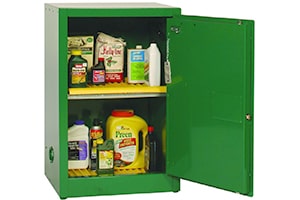
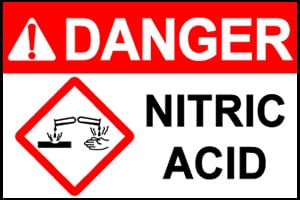 However, due to its dangerously corrosive characteristics and toxic fumes, nitric acid spills create a serious hazard. As evidenced in February this year, when a
However, due to its dangerously corrosive characteristics and toxic fumes, nitric acid spills create a serious hazard. As evidenced in February this year, when a 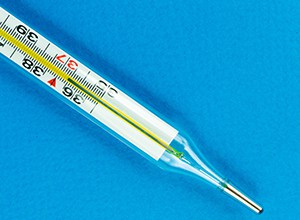
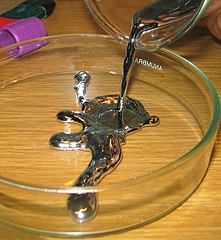
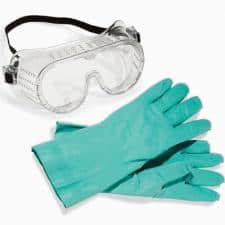
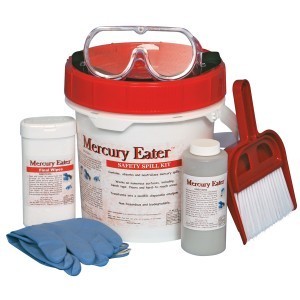
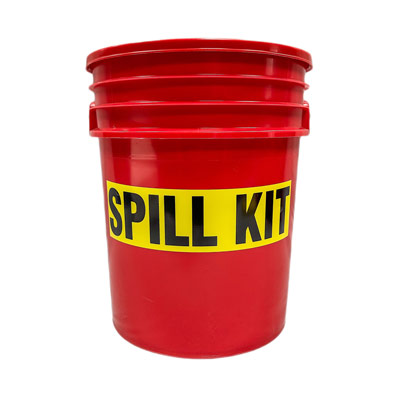
 Despite scores of regulations from OSHA, the Environmental Protection Agency (EPA), and various other governmental entities, hazardous chemical exposure is still a pervasive problem in many workplaces. In fact,
Despite scores of regulations from OSHA, the Environmental Protection Agency (EPA), and various other governmental entities, hazardous chemical exposure is still a pervasive problem in many workplaces. In fact, 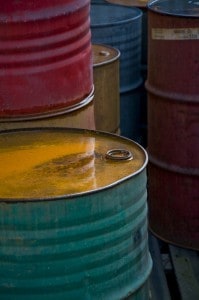 Chemical spills or leaks can pose a direct threat to workers’ health, the environment, and nearby animals. This is why the Occupational Safety and Health Administration (OSHA) and the Environmental Protection Agency (EPA) have strict rules in place. For both the prevention and cleanup of workplace hazardous chemical leaks or spills.
Chemical spills or leaks can pose a direct threat to workers’ health, the environment, and nearby animals. This is why the Occupational Safety and Health Administration (OSHA) and the Environmental Protection Agency (EPA) have strict rules in place. For both the prevention and cleanup of workplace hazardous chemical leaks or spills.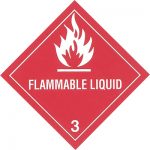 OSHA requires companies to properly label any hazardous chemical that it stores or uses in the workplace. Each type of chemical must have a clear and accurate label describing its contents. For instance, whether it is flammable, corrosive, oil or another chemical type in the list above. Color coding your
OSHA requires companies to properly label any hazardous chemical that it stores or uses in the workplace. Each type of chemical must have a clear and accurate label describing its contents. For instance, whether it is flammable, corrosive, oil or another chemical type in the list above. Color coding your  Have questions about which chemical spill containment or absorbent products to purchase? Contact Travis Zdrazil at
Have questions about which chemical spill containment or absorbent products to purchase? Contact Travis Zdrazil at